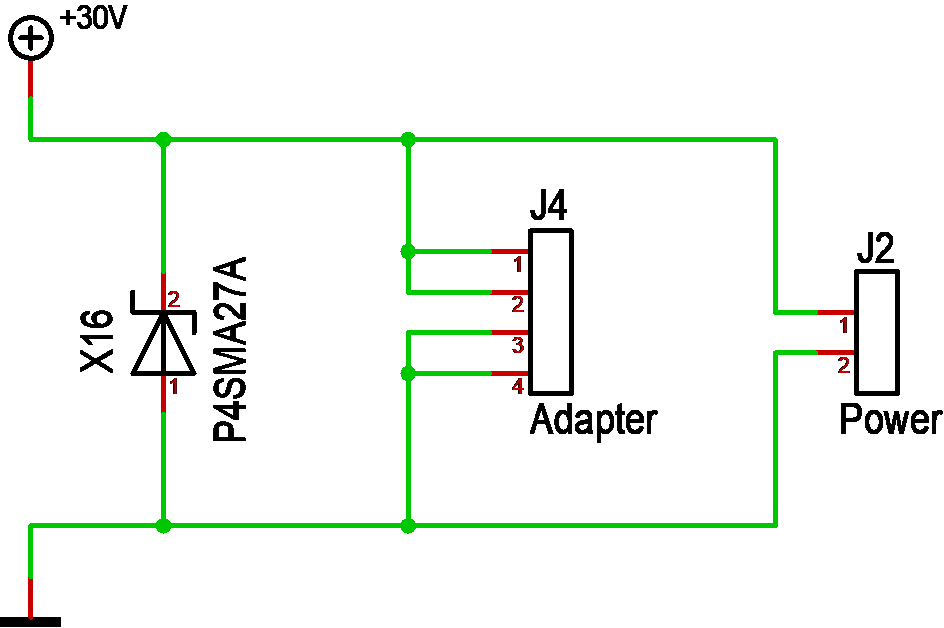The HEXFET on my Universal Motor Controller is 30V, so I decided to change my existing DC-DC to 12V out and add a classing LM1117 for the 3.3V. The LMR14206 based DC-DC is basically so small that it is not much larger than LM1117 on PCB space. It is restricted to ca 800mA, but it will only drive the gate drivers, MCU and com etc so it should be sufficient.
I did find a few DC-DC converters with a different range on Voltage/Ampere, but they also use more PCB space. Jumper J5 and J11 allow 12V to be connected directly if your using 11.1V battery etc. The issue is that the Gate drivers need 10+ V to operate and as the DC-DC will drop 1-2V we might get a challenge using 11.1V LIPO batteries so I added the jumpers in case they are needed.
I would have loved to operate from 5V and up, but to do that I would need a very powerfully step-up DC-DC converter as we would feed the motors as well. It is doable, but it add to the size. We will be looking at optimizations later anyway.
This 2nd diagram is also part of the PSU and show the adapter connector as well as the P4SMA suppression diode from Vishay. This will break down around 27ich V and suppress any unwanted pulses. These diodes are life savers, but they take some time to react which is why you must add an adapter board with either a capacitor or battery. What will happen is that capacitors will take the edge of the pulse giving the suppression diode time to suppress the pulse. If you have a large capacitor or battery that will need tom be “filled up”, meaning that the diode will only react if the battery or capacitor is overrun.
If you recall my previous breakdown and discussion I concluded that a 24V motor can spike up into 20x (480V). The HEXFET’s will basically short those spikes and might be feeding them into the PSU part. A capacitor/battery can charge that energy, but we have a suppression diodes around to prevent that these spikes do damage. The basic adapter Board is only a specialzed vero Board to allow mounting of hole-through capacitors.

